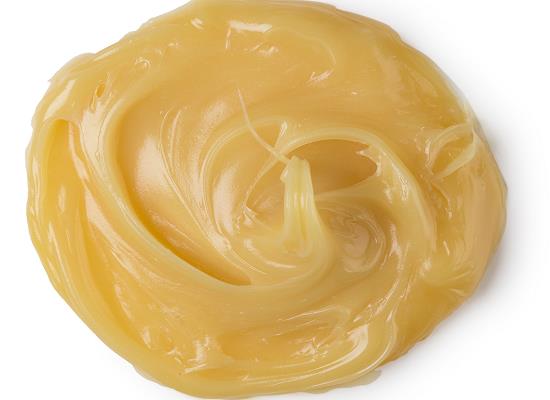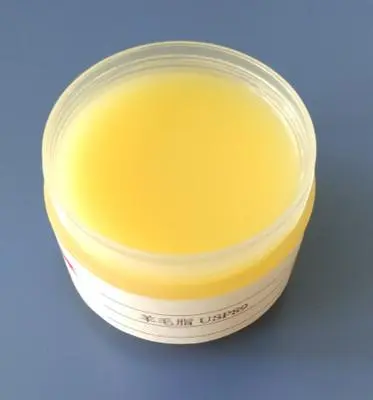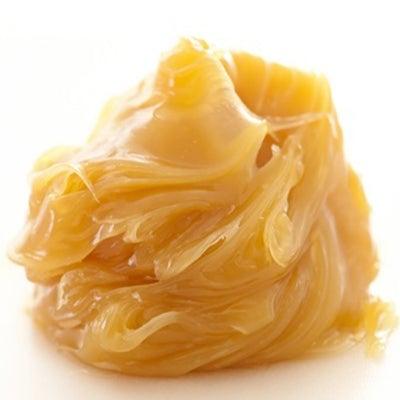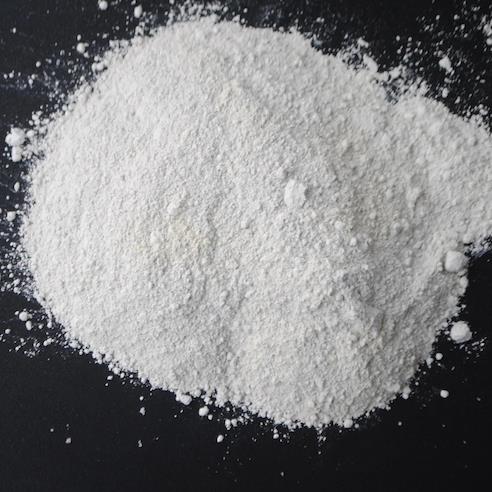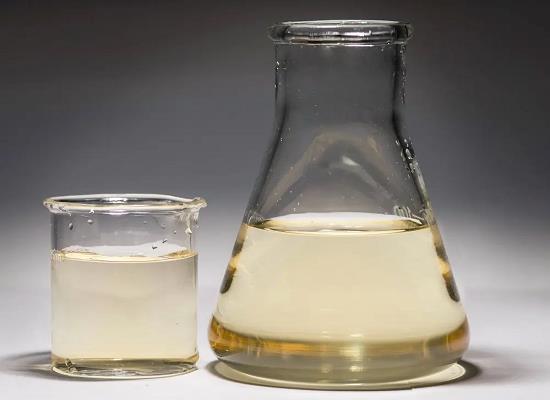Lanolin: Preparation, chemical composition, and applications
General description
Lanolin, extensively used in pharmaceuticals and cosmetics, is generally considered to consist of a mixture of naturally formed esters derived from higher alcohols and higher fatty acids. Lanolin is from wool grease, the "fat-like" substance exuded by the sebaceous glands of sheep. This natural lubricant protects the wool of the sheep from the effects of weathering (sun, wind, rain, etc.) and constitutes 10-25% of the weight of the sheared greasy wool. The wool also contains substantial compounds from soil, salts, water, and foreign organic matter. Its appearance is as follows:
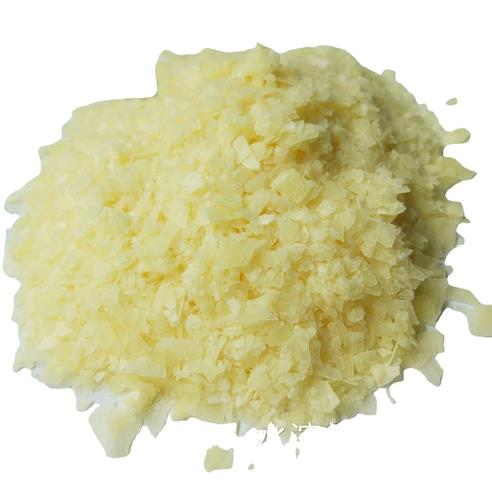
Figure 1 Appearance of Lanolin
Preparation
Basically, three methods are used to recover wool lanolin from raw wool. In the solvent extraction method, the lanolin is leeched out by percolating a suitable solvent through the raw wool and subsequently evaporating the solvent. The other two methods involve scouring the wool with soap and alkali and recovering the wool Lanolin by either centrifuging or "acid cracking." Wool Lanolin, sometimes as degras, must be purified, alkali refined, bleached, and deodorized to conform to the requirements for lanolin in the "U.S. Pharmacopoeia" [1]. Allowable impurities in anhydrous lanolin sold in conformity with the maximum U.S.P. specifications are as follows: 0.56% free fatty acid (as oleic), 0.25% moisture, 0.1% ash, and a trace of chloride. There should be none of the following present: free alkali, ammonia, glycerine, petrolatum, or soluble oxidizable impurities. Lanolin, however, will usually test better than U.S.P. specifications.
Chemical composition
Lanolin is an amber-yellow, tenacious, unctuous mass, with pronounced emollient (or soothing) properties and a slight, characteristic odor. Although it appears to be a fat or grease, chemically lanolin is classified as a wax. It melts at 36 C to 42 C, is insoluble in water, but mixes without separation with twice its weight of water, sparingly soluble in cold alcohol, more soluble in hot alcohol, and freely soluble in ether and chloroform. Chemically, lanolin is consists of a complex mixture of esters and polyesters of high molecular weight alcohols and fatty acids. Approximately 4% of lanolin is a mixture of free alcohol, and the remaining portion consists of traces of free acids and hydrocarbons. Though there are many literature references pertaining to lanolin and its component parts, no conclusions were found that identify the individual esters which exist in Lanolin. Upon saponification of the lanolin esters with alcoholic alkali, the alkaline soaps of lanolin acids are separated from the unsaponifiable portion containing the lanolin alcohols. The resultant mixture consist of ca. 50% acids and 50% alcohols by weight. Individual components could be identified in the acid and alcohol fractions, subsequntly. The alcohol fraction of lanolin has been investigated [2] and shown to be composed of monohydric alcohols with a small portion of dihydric alcohol which also lend to the formation of polyesters in whole lanolin. The largest portion of the alcohol fraction consists of sterols and cholesterol being the dominant entity.
Applications
Lanolin has strong emulsifying and penetrating properties and because of these, blends and combines well with practically all other materials used in cosmetics and pharmaceuticals. In addition to its water-binding and emulsifying qualities, it owes its importance in pharmaceuticals and cosmetics to the ease with which it is absorbed onto human skin and hair. It is adhesive properties make it an excellent candidate for use as a plasticizer in adhesives and resins. Industrially, lanolin is used as a lubricant and rust preventative. It can be found in leather-treating processes, fabric treatment, and as an ingredient in printing inks. Evidence [3] has been found of the use of wool lanolin by the early Egyptians as an important ingredient in their beauty aids, ointments, salves, lotions, and the like.
References
[1]"U.S. Pharmacopoeia," 19th rev., Mack Publishing Co, Easton, PA.
[2]Tiedt, J., and E.U. Truter, Chem Ind. 1952:403
[3]Johnson, C.F.H., Jr., The Botanist 10-11: 11,16 (1940).
You may like
Related articles And Qustion
See also
Lastest Price from Lanolin manufacturers

US $1.00/kg2025-04-21
- CAS:
- 8006-54-0
- Min. Order:
- 1kg
- Purity:
- 99%
- Supply Ability:
- 10 mt
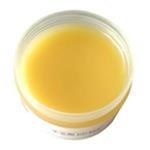
US $6.00/kg2025-04-21
- CAS:
- 8006-54-0
- Min. Order:
- 1kg
- Purity:
- 99%
- Supply Ability:
- 2000KG/Month

